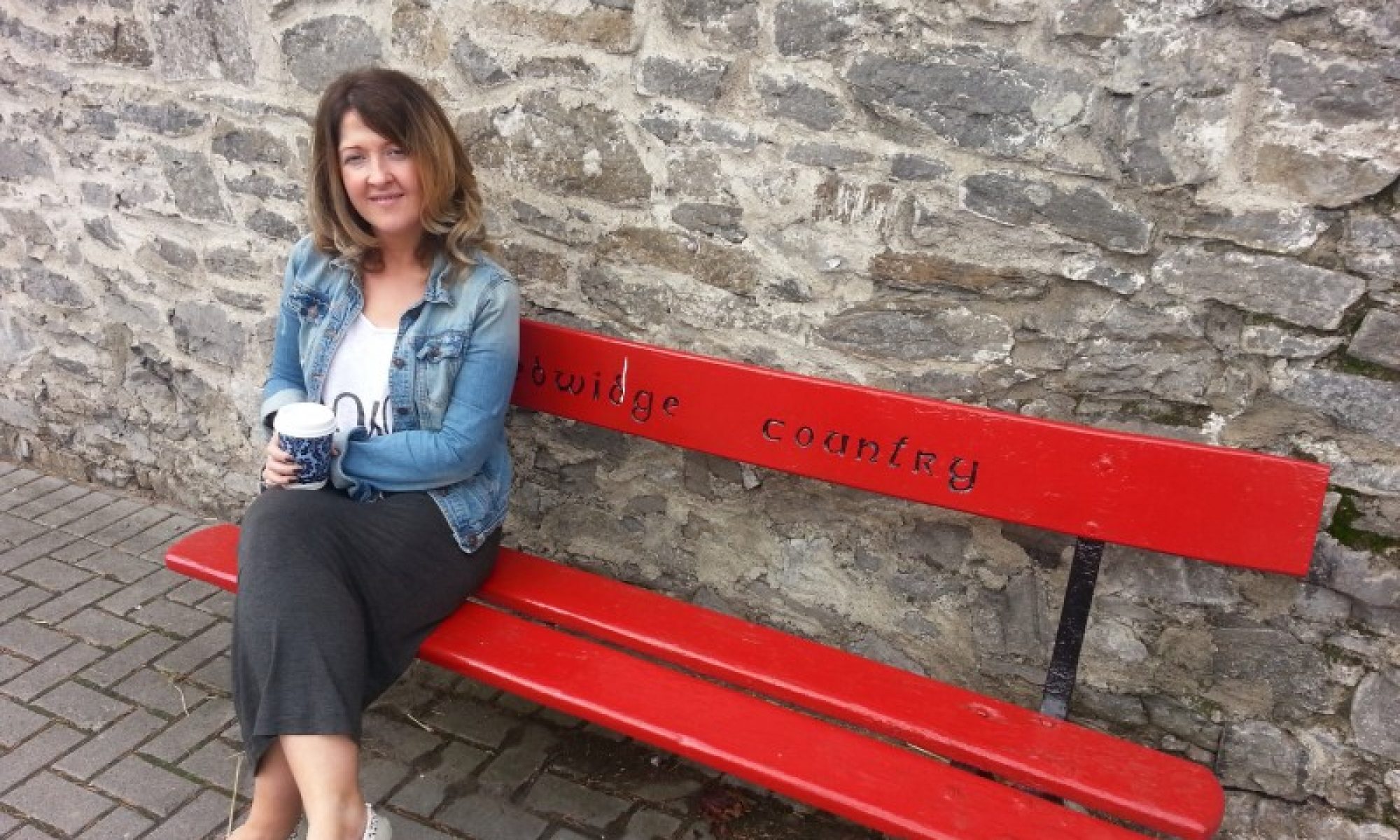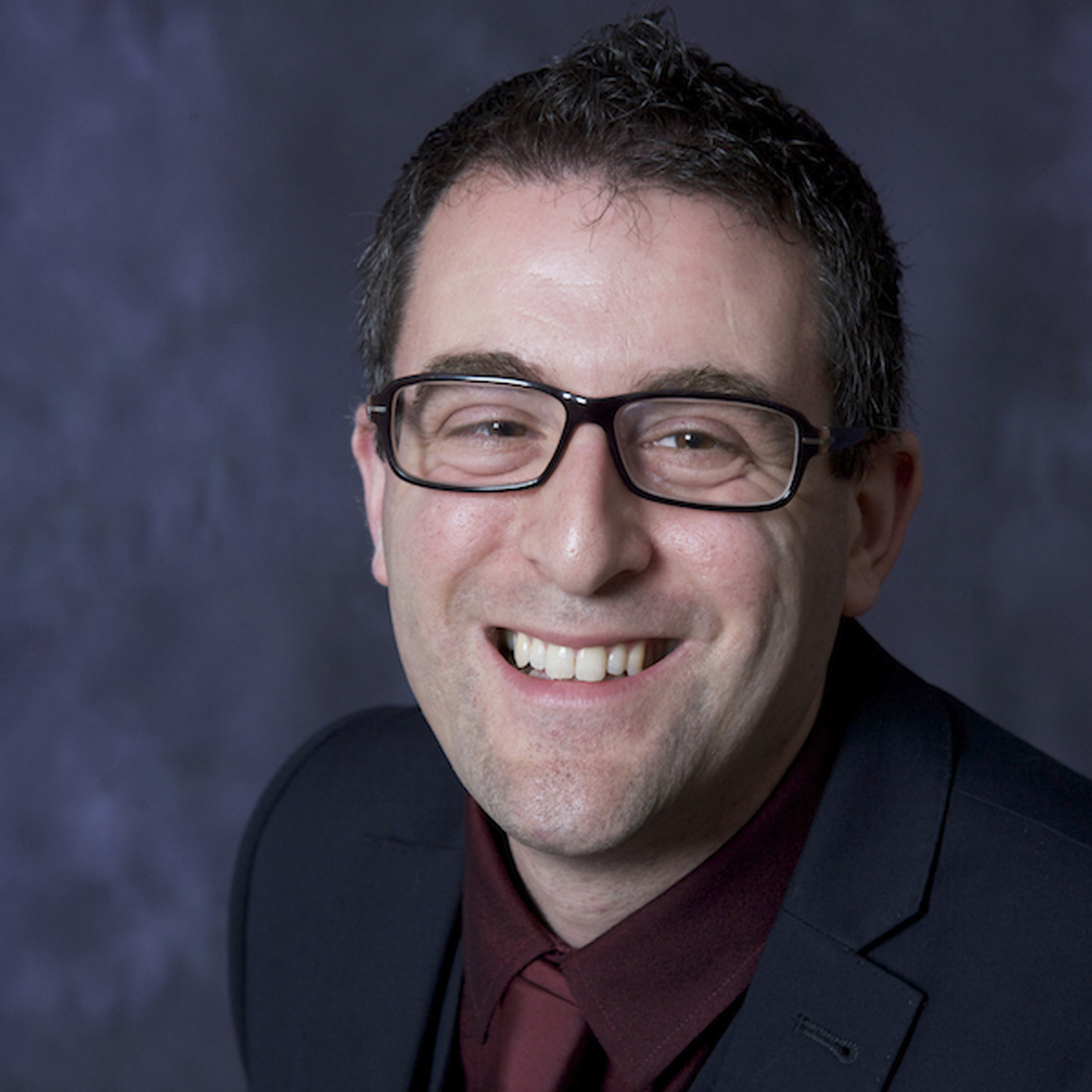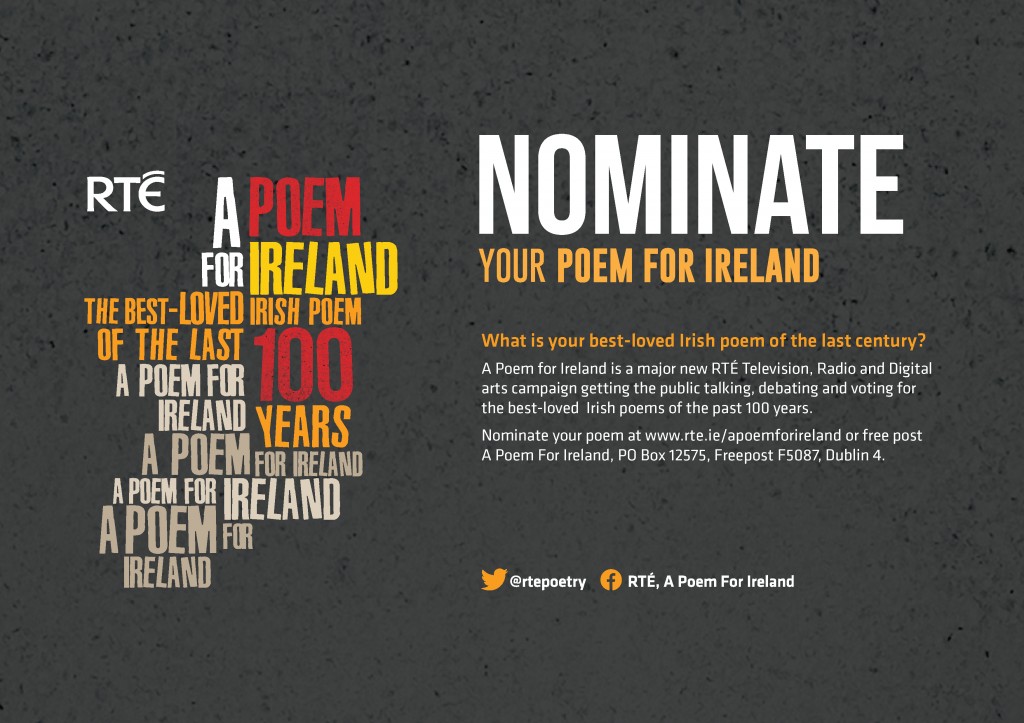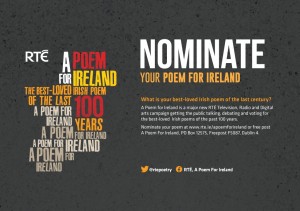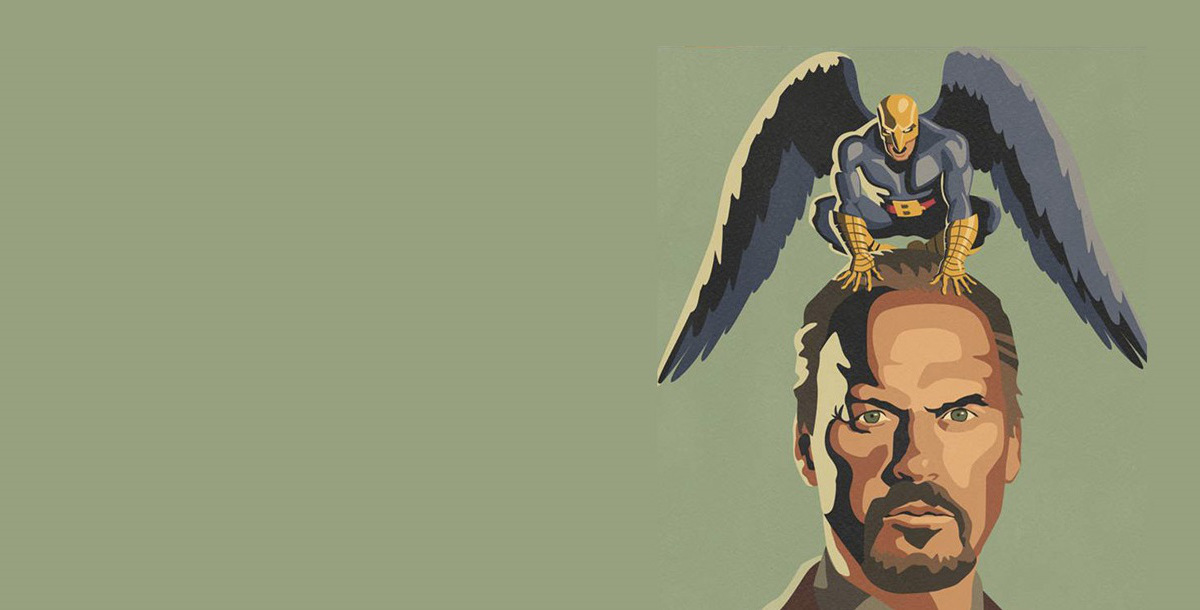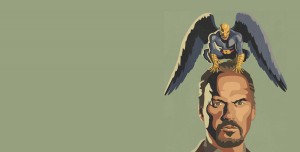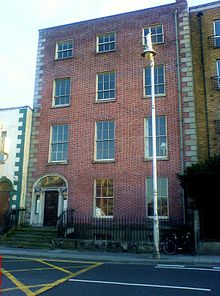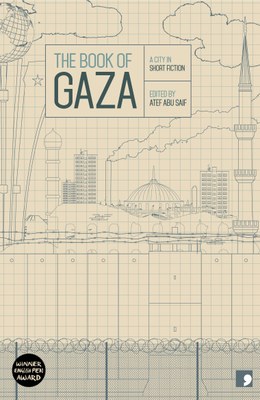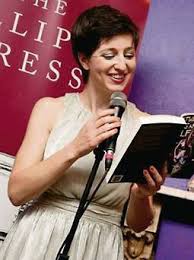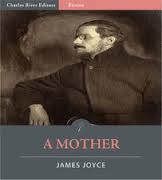Poem for Ireland – my top 3 – Simon Lewis
A poem for Ireland on RTE
The shortlist for A Poem for Ireland has been revealed, interesting and as predicted poets to be found. The website has a list of the poems along with a little, Leaving Cert type analysis with audio and videos with brilliant archived materials with poet’s bio. This is a great initiative, it might just reinvigorate some people into reading poetry again but it definitely shows off the amazing genius of poets that we have in Ireland. Whatever slant you take it from, you will get something from it.
On Television, RTÉ Television’s flagship arts show The Works (Fridays, 8.30, RTÉ One) will feature mini-documentaries on two of the poems each week. And each week, you’ll be able to listen to ordinary people from offices and workplaces across Ireland reacting to each of the 10 poems on RTÉ Radio One’s The John Murray Show (weekdays, 9a.m., RTÉ Radio One)
The website says the public have 6 weeks to decide on their fave, they don’t give a date but I’ve worked that out to be around the first week of March.
I am going to be looking at each poem briefly along with some other bloggers and we will pick our favourite.
Birdman and Raymond Carver
Finally got around to seeing Birdman recently. It took time!
I absolutely thoroughly enjoyed it from start to finish. Michael Keaton and Emma Stone completely rock. The way it’s shot is my thing too. But, the best thing is that it uses the most well-known short story from Raymond Carver, What we talk about when we talk about love.
The film shows a washed up, former action hero actor who is trying to direct, adapt and star in a broadway version of Carver’s short story. The film and the show choose to use Carver’s editor, Gordon Lish’ edited version of the story. This story is more aggressive and sweary than Carver’s gentle one. But, most importantly it is more suited to the theme of the film-art versus commercial and giving the audience what they want as opposed to making real art.
Critics and fans of Carver have been very unhappy about this fact but I think it works as that’s the whole point of the film.
Anyway, what I do think is I want to go straight back and read Carver’s wonderful story and hope one day someone will put this on the stage!
The Dead by Peter Murphy in Dubliners 100
I have had so much fun reading the original Dubliners alongside the new Dubliners 100 from Tramp Press. It has been great to revisit the masterpiece that is Joyce and also to be introduced to some new stories for the new re-imagined Dubliners 100.
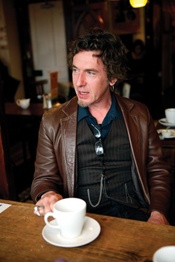
The Dead by Peter Murphy was a story that made me feel anxious before I had even read it but there was no need. Though, it is not entirely shaped by the original, the ending cleverly mimics the original in a bold way. This story is set in a post apocalyptic future and is told in a quirky, first person narrative which works really well. The final few paragraphs, though impossible to better Joyce, are apt. Apt for the end of this story and apt for the end of the collection.
Dubliners 100 is well, well, well worth a read and i would recommend reading the stories side by side as I did. I don’t usually get the time to re-read loved short stories so this was a great opportunity for me. Dubliners 100 is totally and utterly different to the original, in style, theme and setting, at times but it will hold its place in terms of what Ireland is and what it is becoming. Joyce would have enjoyed it.
Dubliners 100 is published by Tramp Press and edited by Thomas Morris.
The Dead by James Joyce
Hard to say anything new about this story but I’ll say I love it, firstly! A very perfect short story with the last few pages building up in the way a short story should do- a little bit of a twist and an understanding of the world is shown through the eyes of Gabriel, the main character.
I love so many things about this story-the fact it is set in snow and winter and Christmas. The quirky dinner party, singing and drunken people.The hugely interesting main characters of Gabriel and Gretta, his wife. The human relationships at the heart of it, the fact that we cannot truly no a person or think we know. The shock of it all.
Peter Murphy takes on this story in the new Dubliners 100. I am almost afraid to read it as I have read many reviews that say the original Dead is not even noticed or referenced in Murphy’s story. I have also read interviews with him where he says he wasn’t phased about this task. I find that odd and wonder if this is the truth. I think when you have the world’s greatest and most well-known short story, that to say you wouldn’t be phased by re imagining it is slighting unnerving to me.
The Dead is the last short story in the Dubliners collection by James Joyce.
The Book of Gaza-a city in short fiction-The Gazan Short Story
The Book of Gaza-a city in short fiction
The Book of Gaza is the latest in Comma Press’ series of city short story books. Right now, it’s the most relevant so I was really interested in seeing what it would be about. It is made up of ten short stories, written by pioneers of the Gazan short story to more younger authors of the form. It aims to show us a world that goes beyond the media and propaganda out there.
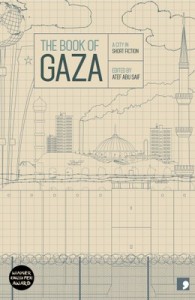
Half of the authors are written by women and very much centre on female issues-the body, sexuality, relationships and family. Most of the short stories are based in or around the sea, this being an important emblem of freedom or independence, I would think.
The collection opens with A journey in the opposite direction and is written by a young author, Atef Abu Saif. It documents a day in the life of some young people in the city of Gaza and how their lives connect and merge. It was a chance for me to throw off the preconceived images I might have had of the city of Gaza and the camps. It portrayed a youth in a hopeful city of cafes and street corners but never forgetting where they are.
The next story I’d like to mention is The Sea Cloak by young writer and Palestinian activist Nayrouz Qarmout. It opens dramatically with a scene of 2 children playing “Jews and Arabs” and centres around the sexual coming of age of the female character in it. The sea takes centre stage and it is where the girl has her first sexual encounter. Beautifully written and the setting blew me away. We also get insight into the way the females are treated in this part of the world and how the women there struggle to be heard and be treated as equal.
The Whore of Gaza by Najlaa Attaallah shows us an empowered women living in the Gaza strip. She takes full control, or so she thinks by the end of the story. Really interesting and artistic imagery here.
Possibly, my favourite was A White flower for David. Before I started reading this, I was apprehensive as I thought it may be written from a very pro-Palestine perspective but this story manages to help the reader see both sides of the conflict. We have a relationship between an Israeli soldier and his family and a Palestinian family. We see one version of what it must be like to live in one of the refugee camps. Very touching and sentiment is held back.
In Abu Jaber goes back to the woods written by the father of the Gazan short story, Zaki al’ Ela, we see a very aggressive and bloody, confused refugee camp. This is a place of turmoil and interesting that this collection chooses to give us many sides, many settings, many feelings, opinions and questions but yet, we can come to the conclusion that nothing is as simple as is portrayed. Even within this piece of fiction, we will need to read widely, question frequently and hope and care for all the humans affected by this history, conflict and setting in the Gazan strip.
This collection is worth a read absolutely. I am not sure how much of it would have been censored at the time but because we have ten stories to read and take in, we can start to see a common thread-the human condition and this is the beauty of the short story. It works.
The Book of Gaza-a city in short fiction published by Comma Press and edited by Atef Abu Saif is available now. Get it now while you can be part of the debate.
Grace-a short story in Dubliners by James Joyce
this story opens with a strange scene. A man, Mr. Kernan has fallen down stairs in a pub in Dublin city and is unconscious. After much confusion, Mr. Kernan leaves with a friend of his, Jack Power. Mr Kernan seems unable to talk about or remember what has happened.
When they get home, Mr. Kernan goes to bed and Mr. Power speaks to the children and Mrs. Kernan. Mrs Kernan is worried about her husband’s drinking and Mr Power promises to help.
The story then moves to a Jesuit Church service and we hear the priest, Father Purdon speaking. Mr. Kernan, Mr. Power, and some other male friends sit by each other. From the red-lit pulpit, Father Purdon preaches and calls himself a spiritual accountant of sorts.
He tells them to count up their sins and compare the sins to their clear conscience. He tells them if this balances, God’s grace will save them if their faults are rectified.
Some nights later, Mr Kernan’s friends visit him to help him to turn over a new leaf and join a Catholic retreat or cleansing service. Mr. Kernan is a former protestant who became a Catholic due to his wife’s pressure but never really accepted the church. His friends reveal their plans for the retreat and start to talk about religion.
Mr. Kernan does agree that he will join the retreat but refuses to light any candles saying that he does not believe in magic.
This story is structured under a framework of fall, conversion, and redemption in terms of religion.
The story divides up into three pieces and each piece show the process of redemption.
Mr. Kernan is literally the “fallen man.”
The second part of the story looks at Mr. Kernan’s conversion,and his friend’s reliance on big terms and names to make themselves look serious and pious. Is Mr. Kernan’s conversion a sham.
The last part of the story is meant to deal with Mr. Kernan’s “cleansing” yet it doesn’t happen. He goes to church and listens to the priest, but the story does not follow his rise from the fall.
The church is critiqued. It is not a place of healing at all as it should be. Interesting that Father Purdon shares his name with the name of the street that is home to the red-light district, or prostitution area, of Dublin, and his pulpit ha a red light. All images pointing to sin not redemption.
Joyce is asking if grace can save a man from sin. Mr Kernan has no sin. The priest has no grace either and acts like an accountant. These men are all searching for grace yet never find it. A cycle that goes on and on throughout Dubliners.
Grace is published in Dubliners by James Joyce.
The Book of Gaza-Comma Press
The Book of Gaza
You all know I love the short story form so when Comma Press asked me if I wanted a review copy of the latest “Book of” series, of course I was very excited!

Under the Israeli occupation of the ’70s and ’80s, writers in Gaza had to go to considerable lengths to ever have a chance of seeing their work in print. Manuscripts were written out longhand, invariably under pseudonyms, and smuggled out of the Strip to Jerusalem, Cairo or Beirut, where they then had to be typed up. Consequently, fiction grew shorter, novels became novellas, and short stories flourished as the city’s form of choice. Indeed, to Palestinians elsewhere, Gaza became known as ‘the exporter of oranges and short stories’.
This anthology brings together some of the pioneers of the Gazan short story from that era, as well as younger exponents of the form, with ten stories that offer glimpses of life in the Strip that go beyond the global media headlines; stories of anxiety, oppression, and violence, but also of resilience and hope, of what it means to be a Palestinian, and how that identity is continually being reforged; stories of ordinary characters struggling to live with dignity in what many have called ‘the largest prison in the world’.
Translated from the Arabic by Tom Aplin, Charis Bredin, Emily Danby, Alexa Firat, Alice Guthrie, Katharine Halls, Sarah Irving, Elisabeth Jaquette, John Peate, Adam Talib, and Max Weiss.
I’ve just started reading it and Simon is going to dip in and out as it is really interesting and relevant to him and his background.
A Mother, a short story by Elske Rahill, Dubliners 100
A Mother, a short story by Elske Rahill, Dubliners 100
Dubliners 100 was an ambitious project. There was always going to be comparisons in style and theme but the more I read, I think the secret to the success of Dubliners 100 is in how well the writer shows us a social commentary of Dublin as it is now.
This is what A mother aims to do. A story of a mother who is quite the middle class and conservative woman. She marries an accountant but would have preferred a solicitor. They obviously don’t love each other yet have children who they send to a Colaiste, where the best Leaving Cert results. Similar to Joyce’s version yet brought brilliantly up to date. We get honest insight into how the education system works in Ireland today. A very truthful look at why parents really send their children to certain schools. It mentions Educate Together and Gaelscoileanna and I think it really hits on the debate of where we send children to be educated. Interesting.
The mother in this story is on the parents’ association of her child’s school, something that probably didn’t exist in Joyce’s Dublin.
The story spirals slightly out of control, ending in a bizarre party where mothers can relive their wedding day. I don’t think it works though I get what the author was trying to do. It has a compares cleverly with the scene at the concert hall in Joyce’s story.
This story succeeds as it has completely caught on one of the “elephants in the room” in terms of social class, education and parenting in Ireland today. Joyce would have been confused and definitely have laughed at these people.
A Mother is available in Dubliners 100 by Tramp Press.
A Mother, a short story by James Joyce
A Mother by James Joyce
A Mother is a brilliantly observed piece of society in Dublin at the time. A mother who has married because she feels she has to. Sends her children to the best schools where they learn French and Gaeilge. They learn piano and the harp. One of the daughters is due to play at a concert but the Mammy is organising and managing everything. We don’t really hear from the daughter. We end on a huge eruption on the part of the mother in front of the other performers at the concert the daughter is meant to be performing at.
This story has the most to play about with in an updated version. Ireland hasn’t moved on that much. I’ll be looking to see how the middle-class Mammy will be depicted
A Mother by James Joyce is available in Dubliners.
